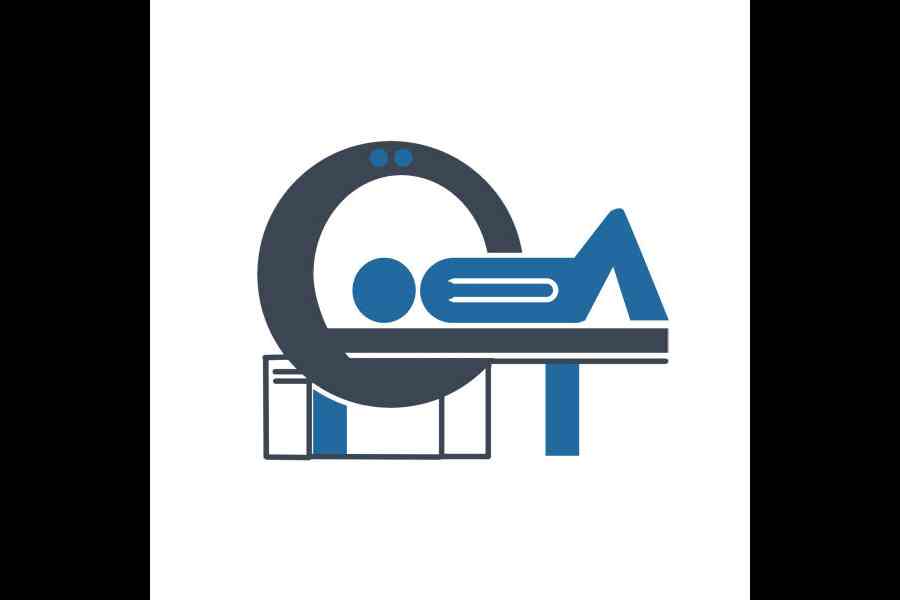 |
| RENAL RElief: Shuvo Roy (above) and his device (in graphic below) Pics: Susan Merrell, UCSF |
If Shuvo Roy succeeds, millions of people will live. The Bangladesh-born scientist seeks to do something that nobody has done before — create a device that would work just like a human kidney.
Clinical trials are slated to be held in 2017. If all goes well, the implantable device will counter a severe form of kidney disease, end stage renal disease (ESRD).
In India, nearly a fifth of the 5.5 lakh patients suffering from ESRD die every year. In developed countries too mortality rates are unacceptably high. Yet there hasn’t been much progress globally to battle the disease. As a result, conventional dialysis, which has been around for seven decades, continues to be the gold standard for treating ESRD.
But, of late, advances in nanotechnology, regenerative medicine and in stem cell biology are slowly opening up new treatment possibilities.
Among them is the implantable renal assist device (iRAD) that a multi-institutional team led by Roy, associate professor at the University of California San Francisco, is working on. Roy and his collaborator William Fissell, associate professor at the Vanderbilt University Medical Center, in the US, hope to shrink a portable bio-artificial kidney that they developed earlier so that it can be put inside the human body.
“The new device will be as small as a coffee cup,” Roy told 7Days in an email interview.
 |
ESRD patients require life-supporting treatments such as dialysis or kidney transplantation. Kidneys filter and remove waste from the body and produce hormones required for calcium absorption and red blood cell production. They also regulate blood pressures. So impairments can be life threatening.
The iRAD filters toxins from the blood and also carries out other biological functions of a healthy kidney. “It will carry out approximately 60-75 per cent of the functions of a healthy kidney,” Roy says.
In comparison, conventional dialysis takes care of only 15-20 per cent of normal kidney functions. Dialysis involves pumping a patient’s blood for clearing the poisonous waste before pumping it back into the body. An ESRD patient typically needs three dialyses a week. And only one-third survives beyond five years of treatment.
“The need for such a device is great. There are almost 2 million ESRD patients worldwide, but there aren’t simply enough organs available for transplant,” says Roy, who spent his childhood in Bangladesh and India before migrating to Uganda with his family.
The iRAD is expected to work like a real kidney. Microscopic filters with the tiniest of sieves will trap the toxins while letting the blood through. A bioreactor containing human kidney cells will re-absorb water and salts. The device is expected to operate using the patient’s blood pressure and will not need electrical power or externally connecting tubes, Roy says.
A wearable variant of this is being worked on by Victor Gura, nephrologist at the Cedars Sinai hospital, Los Angeles, US, and with his collaborators, including those from the Beverly Hills-based firm Blood Purification Technologies.
A miniature form of the traditional dialysis machine, the artificial kidney weighs 5kg and can be worn as a belt. First developed in 2009 by Gura, the contraption has already gone through two limited human trials in Italy and the UK.
The device is not only capable of providing round-the-clock dialysis, but also vastly improves the lifestyle of a patient. As patients need not be hooked to a full-sized dialysis machine, they are free to walk, work or sleep while undergoing dialysis.
Scientists are also working on growing new kidneys. Very recently, researchers at the Massachusetts General Hospital in the US turned to regenerative medicine to produce rat kidneys. Scientists led by Harald Ott, an expert in regenerative medicine, removed all cells from a rat’s kidney, but kept the outer structure intact. Then they planted new cells in the structure.
“…The resulting graft can be transplanted just like a donor kidney and connected to the recipient’s vascular and urinary systems,” Ott said in a statement after their study appeared in Nature Medicine last week. The technology is, however, still in very early stages and may take many years before its safety and viability are proved.
But once that happens, CKD — or chronic kidney disorder — may be wiped out of the medical dictionary.
Test it now!
For Satish George, life was on a song till an excruciating stomach pain one night turned everything upside down. Tests revealed the 55-year-old accountant in central Kerala had damaged kidneys.
Today, seven years later, George is a patient of a severe form of chronic kidney disease (CKD). He is jobless because he had to constantly take leave for dialysis. And he is in dire financial straits because he has to pay Rs 20,000 a month for treatment. His doctors have told him that he won’t survive beyond a month if he stops the procedure.
“Nearly 10 per cent of Indians suffers from CKD, but most of them are in the early stages of the disease which can be managed with medicines,” says Sanjay Kumar Agarwal, head of nephrology department, All India Institute of Medical Sciences, New Delhi. “Complications arising from diabetes and hypertension account for 60 per cent of all CKD cases.”
The symptoms of CKD are lethargy, loss of appetite, nausea and anaemia. “Unfortunately these symptoms become visible at very late stages,” says Joseph K. Joseph, a senior nephrologist in Angamaly, Kerala. “A resilient organ, the kidney starts sending panic signals only when it has no choice but give up,” he adds.
 |
Treatment options are limited to dialysis or kidney transplants. And since donors are rare — India undergoes only 5,000-6,000 kidney transplants a year — dialysis is the only option for most people.
“Patients can be on dialysis all their lives, provided they can financially support it,” says Shree Bhushan Raju, chief nephrologist, Nizam’s Institute of Medical Sciences, Hyderabad.
But most Indians cannot afford dialysis, which can cost Rs 13,000-30,000 a month. A 2009 study showed that only 10 per cent of severe CKD patients in India undergo dialysis.
Now efforts are on to make dialysis more affordable. In Kerala, a district hospital in Ernakulam started a dialysis centre for very poor patients three years ago.
“We charge a patient Rs 200 for a dialysis. We also have identified sponsors who pay for expensive medicines that the patients need to take,” says N. Vijaya Kumar, medical head, Regional Dialysis Centre, Aluva. The centre currently has 11 dialysis stations and is adding 12 more.
In Andhra Pradesh, the government included dialysis in its state-sponsored insurance scheme Aarogyasri in 2008. Though the idea was to make dialysis affordable, the system was earlier poorly managed.
Till recently, the insurance did not extend to medicines. As a result, patients got their dialysis but did not take the medicines, which were equally essential but not free. Now medicines are also being offered.
The best way to deal with CKD is to prevent the disease from taking root. Simple tests of the blood and the urine, which cost less than Rs 100, can detect whether a person is prone to developing CKD. That, doctors say, is the only way ahead.










